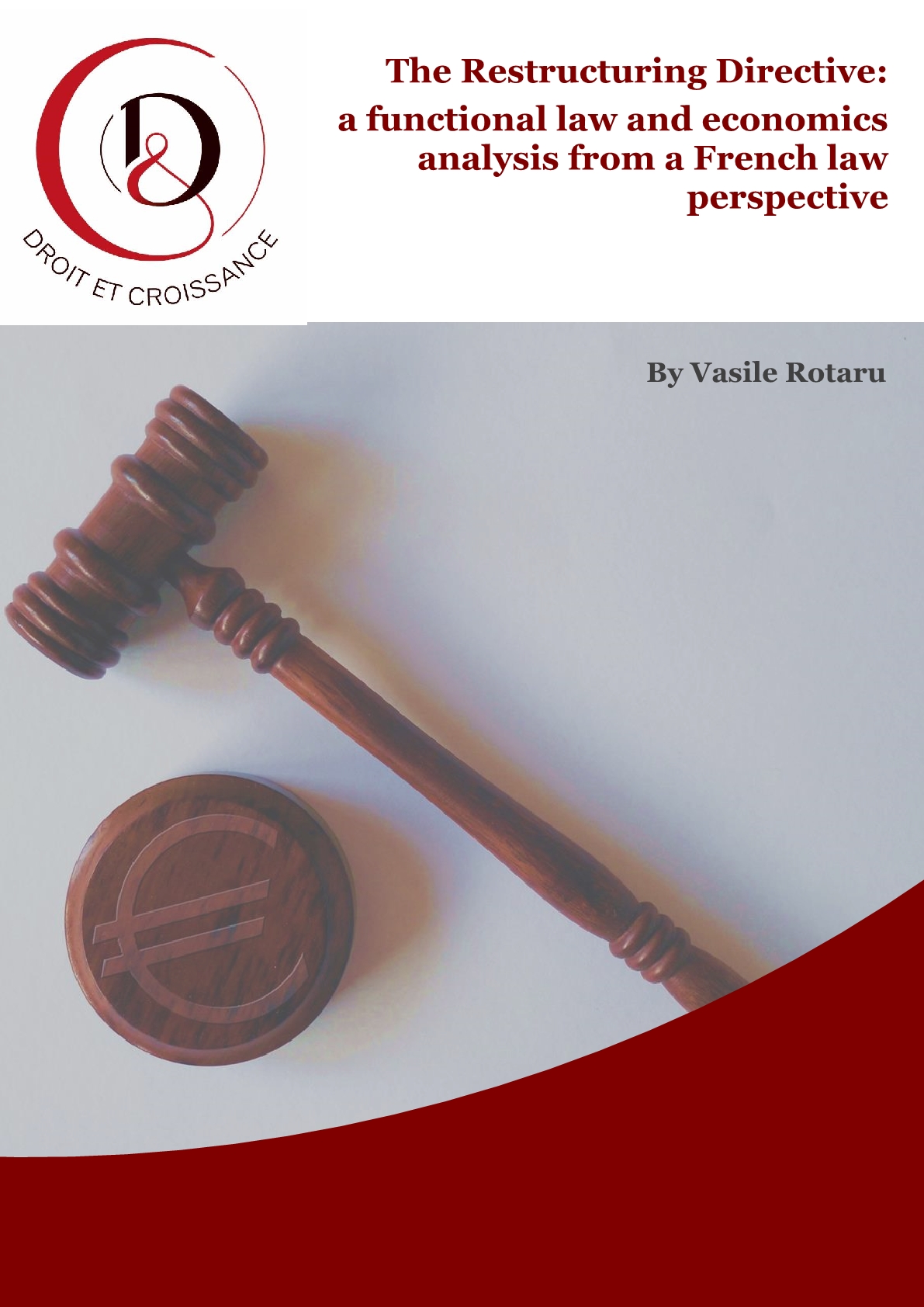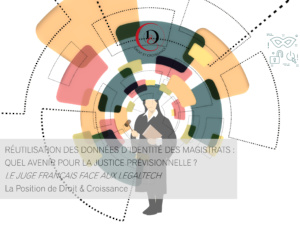From a law and economics perspective, the existence of insolvency law is justified insofar as it is necessary for ensuring orderly and efficient coordination and negotiations between the stakeholders in case of a debtor’s economic or financial distress. The so-called “preventive” restructuring proceedings are no excep-tion. They should, therefore, help identify and distin-guish viable and non-viable businesses and facilitate the operational and financial restructuring of the former where an added value to the benefit of all the stakeholders is expected compared to their immediate liquidation.
In this respect, the recent Restructuring Directive is somewhat disappointing. Its final text bears the marks of the divergent perspectives and objectives pursued by its different drafters: the preservation of the debtor’s company at all costs, or, on the contrary, the maximization of the value of the debtor’s assets in the interest of all its stakeholders. The resulting text lacks, therefore, a coherent conceptual foundation, and should be understood as proposing several dis-tinct types of proceedings.
Nevertheless, the Restructuring Directive introduces some major innovations for preventive restructuring proceedings, both with respect to the approval of restructuring plans (vote of the plan by classes of creditors, possibility of a cross-class cram-down, treating shareholders as a class of creditors in order to facilitate debt-equity swaps) and to the protections afforded for the benefit of stakeholders (best interests of creditors test, priority rules). However, the puzzling variety of diverging options for the transposition of these measures requires legislators to seek clear guidelines in order to build the national preventive restructuring proceedings on coherent foundations, even where they are all but absent at the European level.
The stakes are particularly high concerning the spe-cific case of France, for the imminent transposition of the Directive provides a unique opportunity to create economically efficient and internationally competitive proceedings. From our point of view, it requires, how-ever, for the legislator to be aware of the conclusions of the functional law and economics analysis. Specifi-cally, the transposition will have to be accompanied by a vast reform of the French restructuring and insolvency law, aimed at increasing its transparency and predictability. These are the necessary conditions in order to ensure an optimal allocation of resources in the economy and to stimulate the development of the French financial markets, and more particularly the bond and distressed debt markets. In the long term, these reforms should both bring down the ex-ante costs of financing for French companies and turn France into a true challenger for the role of a leading jurisdiction for European cross-border re-structuring.
This paper is structured as follows. After a brief in-troduction in Part I, Part II provides the general conceptual framework of our analysis, largely based on what will be called a ‘functional’ law and econom-ics approach. It explains what objectives restructur-ing proceedings should pursue and the basic structure that such proceedings should have in our opinion. Practitioners more interested in the Restructuring Directive in itself could skim through Part II and focus on Part III of the paper, which provides an analysis of the different models hidden in the Di-rective, their respective objectives and most important measures (statutory moratoria, decision-making, protections of stakeholders’ interests), including a comparison with current French pre-insolvency pro-ceedings. Finally, Part IV addresses some issues spe-cific to the transposition of the Directive into French law.







